
Scientists say they have seen a remarkable collection of blue whales in the coastal waters around the UK sub-Antarctic island of South Georgia. Their 23-day survey counted 55 animals – a total that is unprecedented in the decades since commercial whaling ended. South Georgia was the epicentre for hunting in the early 20th Century.
The territory’s boats with their steam-powered harpoons were pivotal in reducing Antarctic blues to just a few hundred individuals.
To witness 55 of them now return to what was once a pre-eminent feeding ground for the population has been described as “truly, truly amazing” by cetacean specialist Dr Trevor Branch from the University of Washington, Seattle.
“To think that in a period of 40 or 50 years, I only had records for two sightings of blue whales around S...
Read More

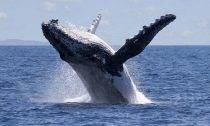

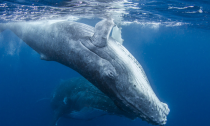

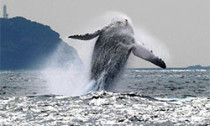

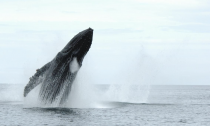
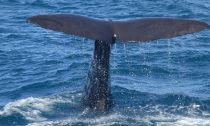



Social Profiles